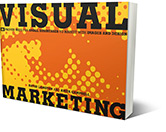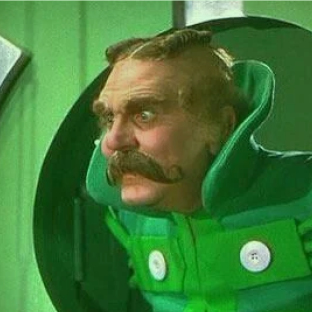Our pursuit of using straight-talk with our clients continues with three more examples of things clients don’t want to hear, but responsible designers must tell them anyway.

3 More Things Clients Don’t Want to Hear.
Our pursuit of using straight-talk with our clients continues with three more examples of things clients don’t want to hear, but responsible designers must tell them anyway. “Make the type bigger,” is a common refrain, yet designer David Carson reminds us that legibility alone is not communication. If you haven’t grabbed their attention or you have nothing to say, or what you say is not clearly articulated, then no design will truly be a solution.
4. Your 3 minute video is too long.
Let’s start by saying that not every video needs to be 30 seconds. Tutorials, How-to videos and engaging stories can run as long as they need. But these stats are really sobering:
• 20% of viewers will abandon your video in 10 seconds or less if your video doesn't hold their attention;
• By 30 seconds 33% viewers have moved on;
• At 1 minute 44% have left, and almost 60% have gone at the 2 minute mark.
You need to think of your audience’s attention span and create attention-keeping videos that inspire, entertain and inform. Be sure to get to the point before your audience checks out.
Source: Visible Measures.
5. People don’t read your annual report, they glimpse it.
As far back as 1929 designer Lucian Bernhard was warning his clients that the modern reader has no time to read, but only glimpses. And if anything, attention spans have only shrunk in the past 85 years.
In a post called, “We don’t actually read anymore,” Denise Pires cites a study from the University College of London that says, “we are exhibiting more and more a form of skimming activity, read horizontally through titles, content pages and abstracts to search for the quick wins, ‘scan, flick and power browse’ our way trough digital content, hop from one source to another and rarely return back to the original source.”
So what does this mean for today’s annual report? We need to make the best of the glimpsing phenomenon by making our annual reports engaging on multiple levels. Author Tom Ahern often says, "You cannot bore people into action." Strong themes, well written in bite-size pieces should be expressed through images and compelling designs that tease the reader and invite them to look deeper.
6. Looking cheap can actually cost you more.
We’ve been asked many times to make something look less expensive. Best summarized as, “I don’t want my employees to think that I spent so much money on their benefits communications when they’d rather see it in their paychecks.” Sounds fair enough. But what are you saying to employees when you give them poorly written and sloppy designed communications about important things like their own healthcare, investment and wellness programs? It’s a balancing act. We tell clients that your communications should look smart, well thought-out and show that you care about your employees. Or as Rob Weatherhead writes in The Guardian, “Tell the reader what they need, and want, to know, and no more – it sounds simple but far too many people don't follow this rule.” In the long run, you have to ask yourself what type of impression you want to make and then deliver that message in the most effective way possible.



